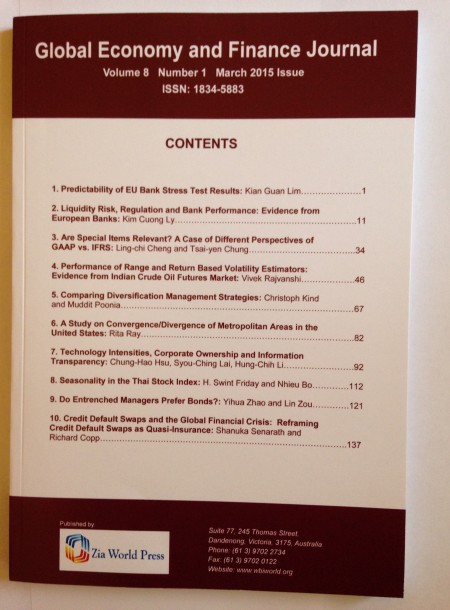The Relationship between Tax Revenue and Economic Growth of Hebei Province Based on The Tax Multiplier Effect

Global Economy and Finance Journal
Volume 7 Number 2, September 2014, Pages: 1-18The Relationship between Tax Revenue and Economic Growth of Hebei Province Based on The Tax Multiplier Effect
Generally, the maximization of tax revenue is incompatible with the maximization of Gross Domestic Product (GDP). Many economists would agree with the proposition that “high taxes are bad for economic growth” and use the tax multiplier to analyze this negative correlation frequently. But tax revenue and GDP of Hebei Province have achieved both developments since 1995 (the tax-sharing reform) and the tax elasticity has been more than 1 in the recent year. How to explain this contradiction from the point of the tax multiplier effect theory? It is important because of few previous studies on this topic, particularly in China, in which has to face a slowdown in economic growth. It will contribute to the development of knowledge in public taxation field. This paper analyzes the relationship between them in 1978-2011 by the simple and amended tax multiplier effect theory and the polynomial distributed lag (PDL) model. The results show that the negative impact of increase of tax revenue on economic growth may not be as serious as one might think and tax cuts would create more positive effects in Hebei Province. Moreover, the negative effect is lagging and more and more obvious. Tax reform of the current tax system should be reviewed and implemented.Key Words: Tax revenue, Economic growth, Multiplier effect theory, Polynomial distributed lag model.
Field: Economics (Public Taxation)
